Defend Your Sofas: Preventing Moth Damage in Upholstered Furniture
Chosen theme: Preventing Moth Damage in Upholstered Furniture. Welcome to a practical, encouraging guide to protect your favorite chairs and couches from hidden larvae, sneaky adults, and the tiny threats that can quietly ruin fabric and padding. Subscribe for weekly, room-by-room prevention tips and join the conversation with your own success stories.

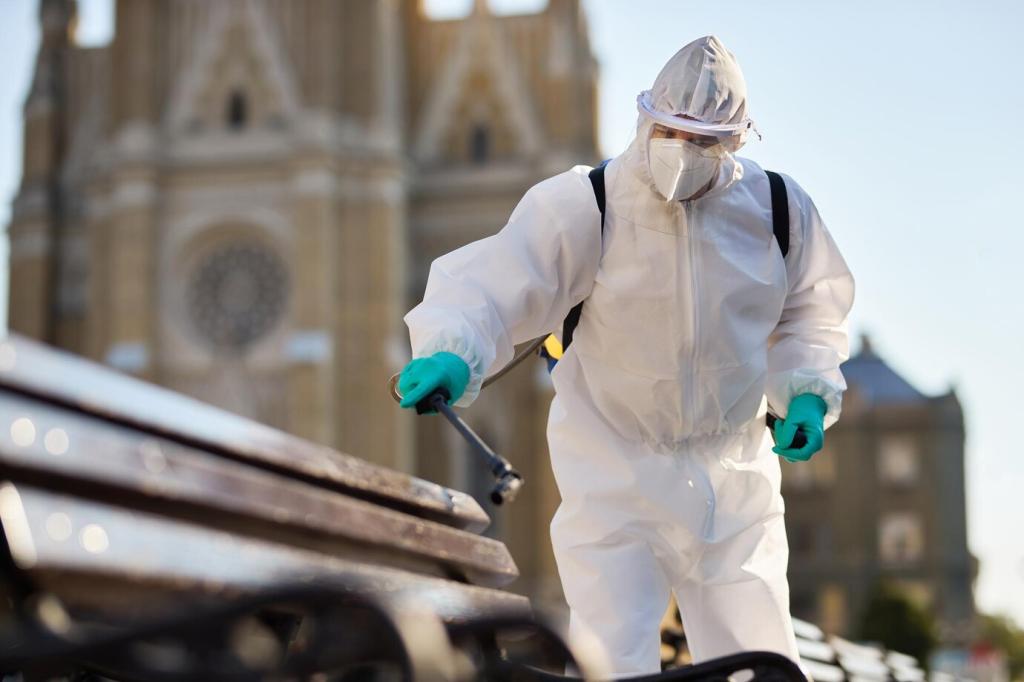
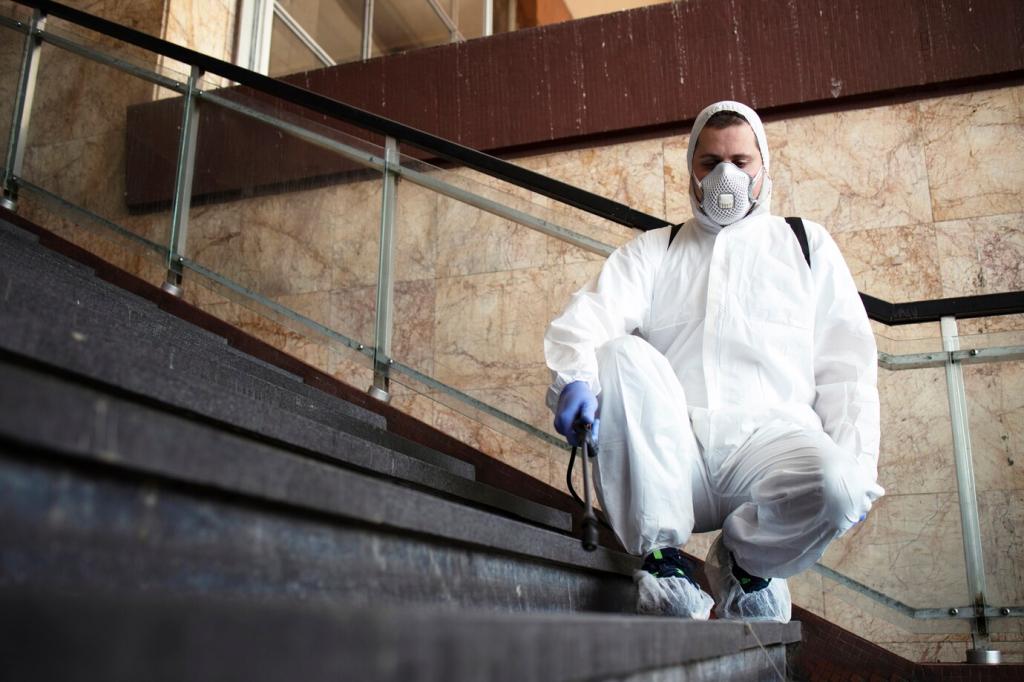
Know Your Foe: Moth Species and Their Upholstery Playbook
Clothes moths and carpet moths both target animal fibers, but their behaviors differ. Clothes moth larvae often prefer darker, undisturbed areas inside seams, while carpet moth larvae thrive near baseboards and under furniture. Identify your visitor to choose precise prevention tactics and monitor the right hotspots.
Know Your Foe: Moth Species and Their Upholstery Playbook
From egg to adult, the cycle can span weeks to months depending on temperature and humidity. Eggs hatch into larvae that feed on keratin-rich fibers, causing the real damage. Breaking the cycle means interrupting larvae with cleaning, heat, or treatments at regular intervals before adults can lay again.
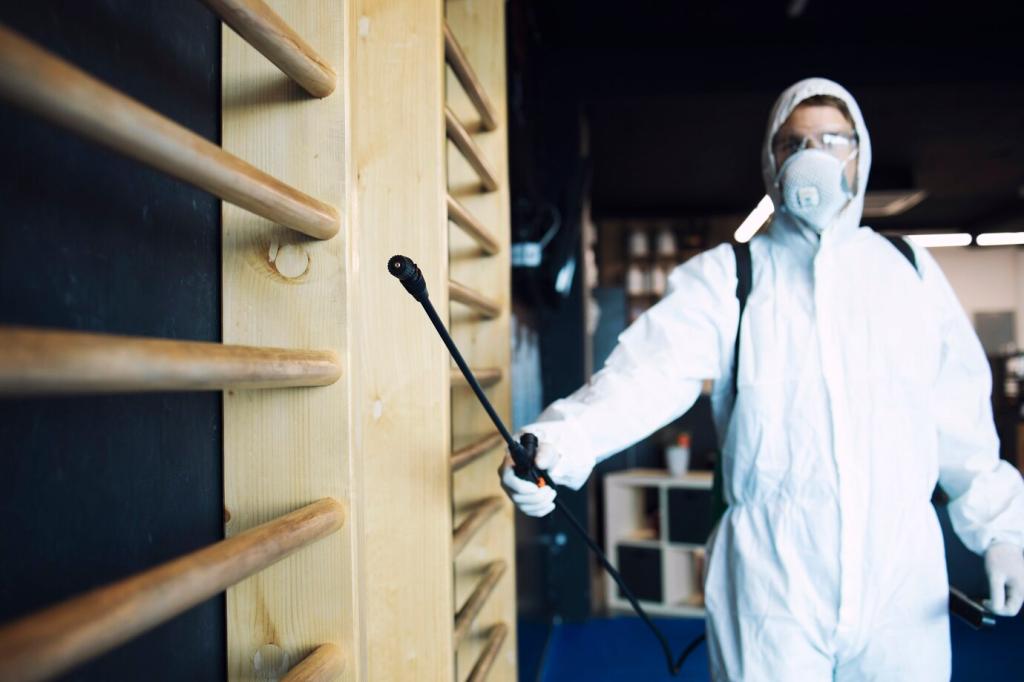
Clean Like a Pro: A Prevention Routine That Works
Use a HEPA vacuum with an upholstery brush and crevice tool. Focus on piping, tufts, button backs, and undersides. Flip cushions and vacuum both sides. Finish by vacuuming the floor directly beneath furniture. This targeted approach removes lint, hair, and food crumbs that nourish larvae between deeper treatments.
Clean Like a Pro: A Prevention Routine That Works
Heat can disable eggs and larvae, but fabrics have limits. Test steamers on inconspicuous spots and avoid overwetting natural fibers. Aim for brief, controlled passes that raise temperatures without saturating foam. When in doubt, consult fabric care tags and share your results so others can learn safely.
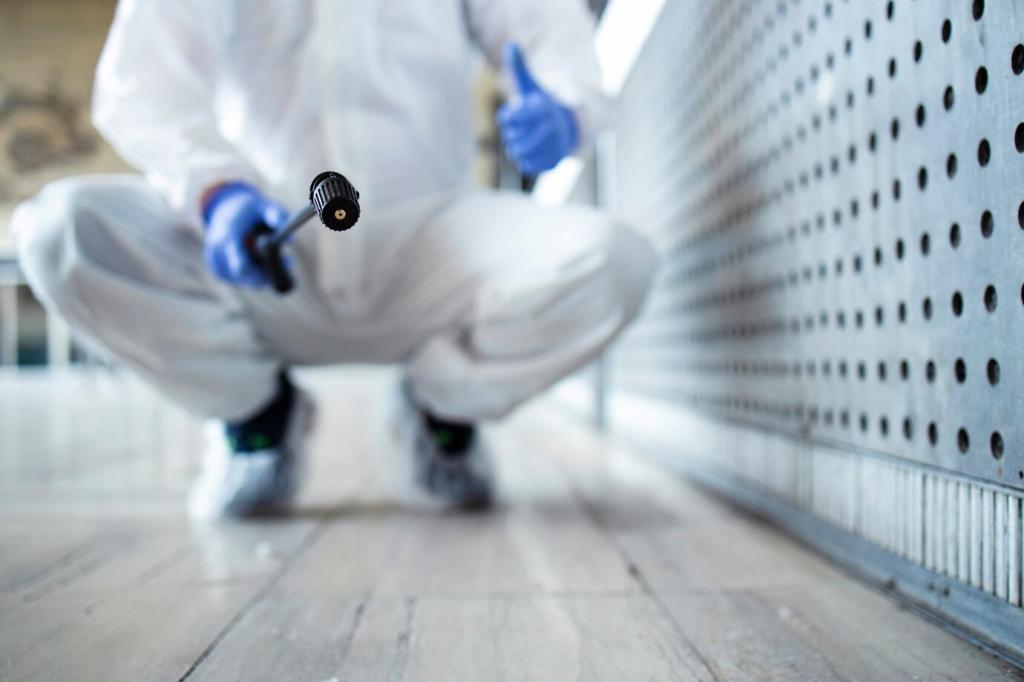
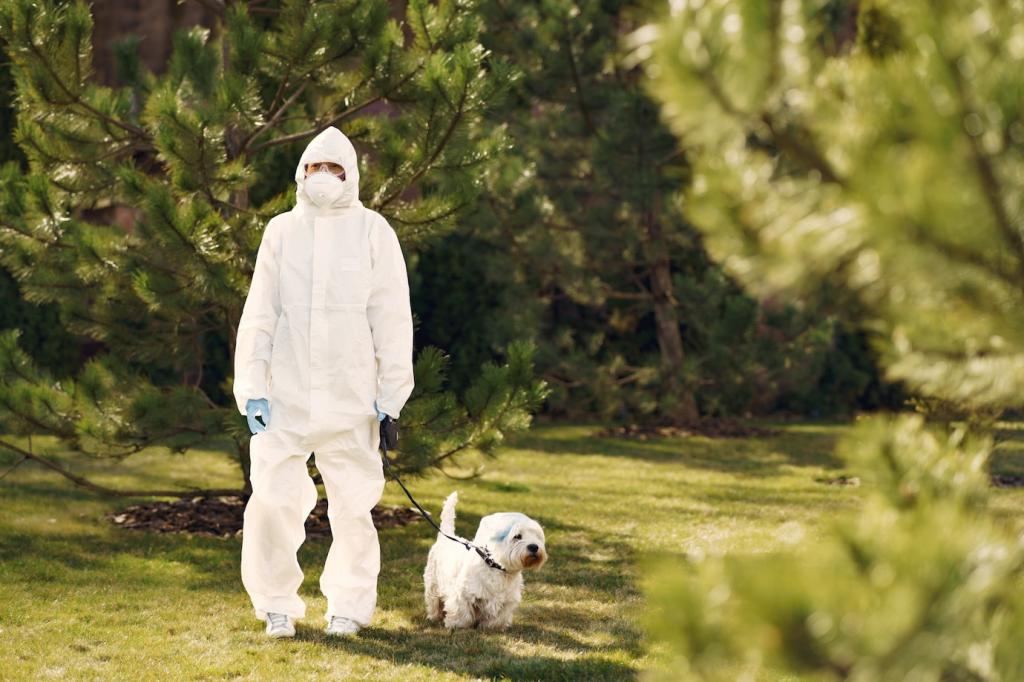
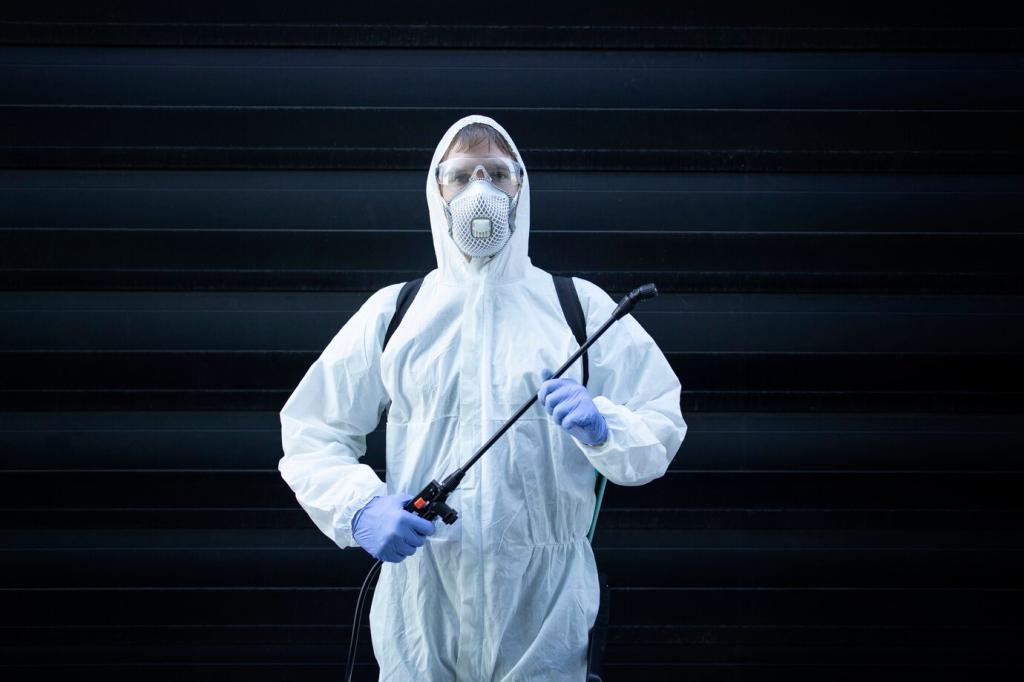


Gentle Defenses: Natural Repellents and Safe Treatments
Cedar, Lavender, and What They Actually Do
Cedar blocks and lavender sachets can help deter adults but won’t eliminate an established larval problem. Refresh oils regularly and place them near potential entry points, not directly on fabric. Use them as supplemental deterrents alongside rigorous cleaning, sealing, and periodic inspections for a meaningful protective effect.
Diatomaceous Earth and Silica Aerogel
Food-grade diatomaceous earth or silica aerogel can be lightly applied under sofas and along baseboards, never directly on the fabric surface. These desiccants damage insect exoskeletons over time. Keep dust minimal, avoid inhalation, and vacuum residues during routine cleaning to maintain a safe, effective barrier.
Non-Staining Sprays and When to Call Pros
Some water-based, fabric-safe sprays target larvae but always patch-test first. Apply during calm weather with good ventilation and allow thorough drying. If you find widespread activity, consult a professional who understands delicate textiles. Share your experiences to help readers balance DIY effort with expert intervention.
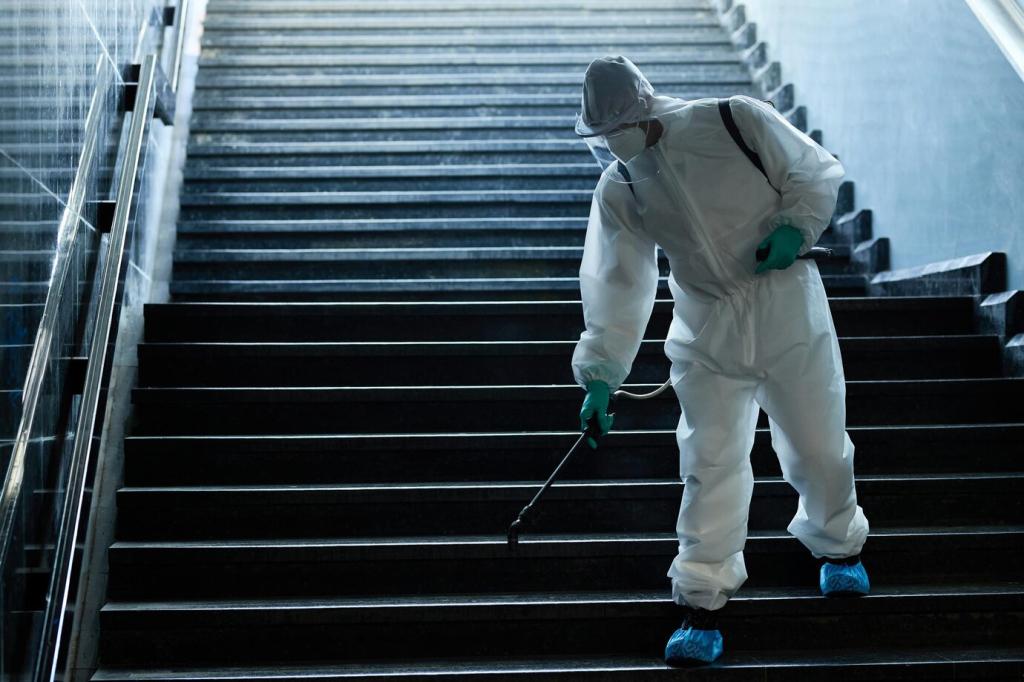
Environment Control: Humidity, Storage, and Seasonal Habits
Moisture, Airflow, and Temperature Targets
Keep indoor humidity around 40–55% to discourage mold and reduce attractiveness to pests. Encourage airflow behind sofas by leaving a small gap from walls. Avoid long periods of darkness and stillness in seldom-used rooms by opening curtains and rotating cushions during your regular housekeeping rhythm.
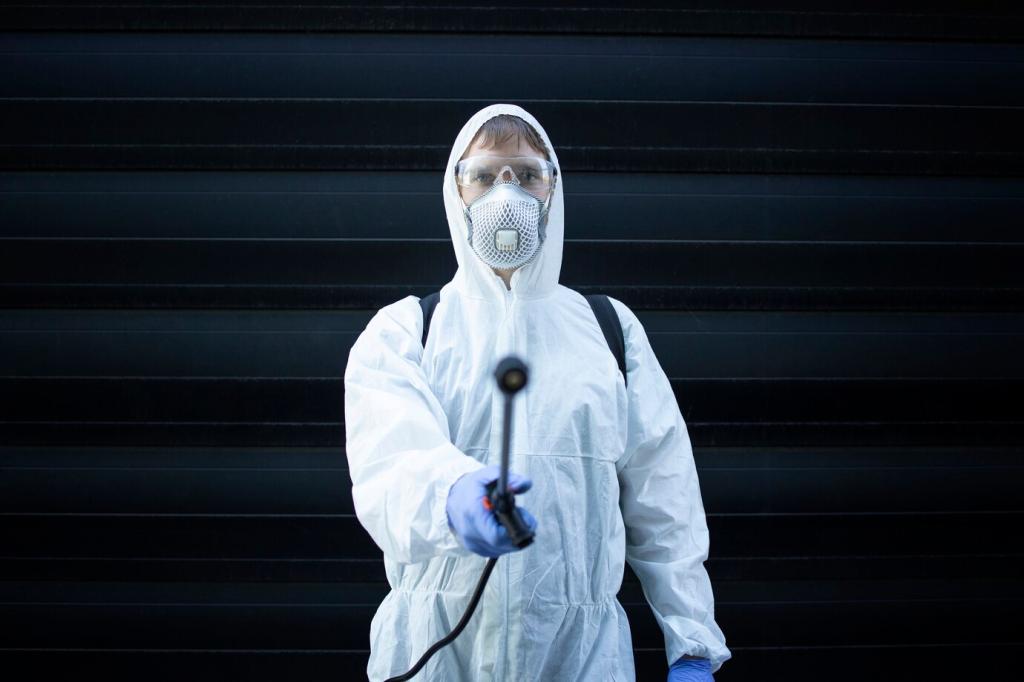
A Living-Room Story: Saving a Beloved Armchair
The Discovery and Calm First Steps
Marta noticed pepper-like specks near the chair’s piping while vacuuming. Instead of panicking, she isolated the chair, bagged loose throws, and inspected cushions. That pause prevented spread and gave her time to plan a targeted response, proving that calm observation is a powerful first defense.
Treatment, Patience, and Follow-Up Checks
She vacuumed seams meticulously, applied light steam along tufts, and dusted diatomaceous earth beneath the chair, not on fabric. Over four weeks, she checked traps and re-vacuumed weekly. No new frass appeared, and trap counts stayed at zero, confirming the cycle was interrupted before major fabric loss.
Results, Lessons, and Your Turn
The armchair survived beautifully, and Marta added barrier interlining during a minor reupholstery refresh. Her lesson: prevention routines and tiny inspections matter more than one-time heroics. What’s your best tip for preventing moth damage in upholstered furniture? Add it below so others can benefit today.
